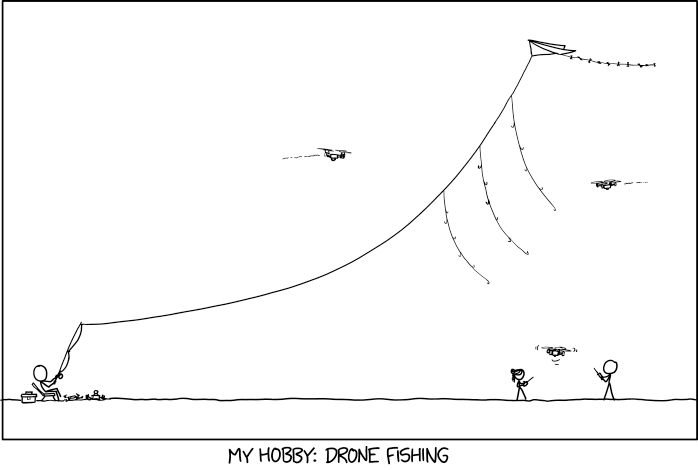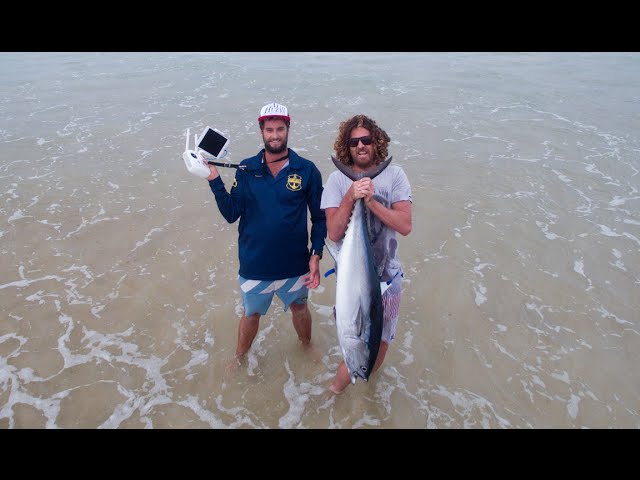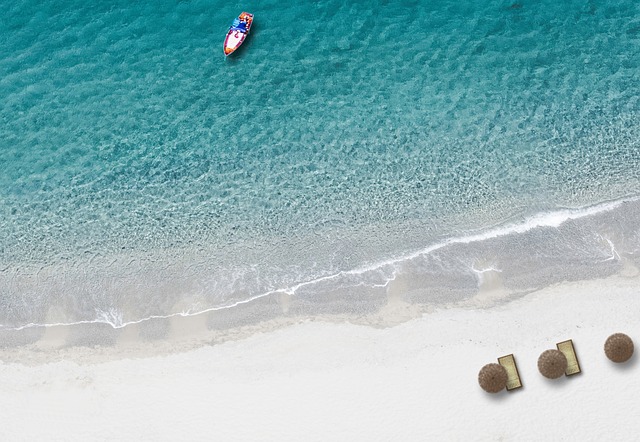
If you are a passionate fisherman, and you live in Australia you can use a drone for an aerial view of your property's waters. The drones can be equipped with a variety of features, including a GPS positioning system, a GPS receiver, a GPS receiver, a GPS payload release, and an angle adjustable camera. You can also buy fishing lines that you can use for fishing, which are designed to be extremely stable and secure. One example is SKY RIGGER drone.
SKY RIGGER is an unmanned fishing line.
The SKY RIGGER, a flexible fishing system for drones, allows you fish from the air using minimal effort. Two rotating leg clamps can be mounted to any drone model. The release mechanism is designed with a bayonet-style connection and a cam-lock arm to open the line clamps quickly. Unlike other drones, the Sky RIGGER requires no batteries and can accommodate all fishing techniques safely.
The SKY RIGGER comes with an automatic release mechanism that allows you to let go of the line when a fish catches your fly. You can also manually release the line using your hand or rod. This feature is available for all models of the SKY RIGGER. It is strongly recommended that you first purchase a Phantom 3 before you purchase the new SKY RIGGER. Here are some pros and cons to the new line system.
It is equipped with a mechanical payload transfer
A drone's mechanical payload mechanism is one of its most important features. Many of them make it possible for the anglers easy to release the fishing lines. Some models lack a release mechanism. To remove the drone from the fishing line, the user must "yank” the line. This can be difficult, especially for those who aren’t used to releasing the line with their hands.

Another important feature of the drone's payload release system is its size. Payloads should be capable of releasing the drone's line once the fish has been caught. Catch and release fishing is a skill that should be practiced before you attempt it. The DJI Phantom drone has been reported to have excellent results by many people. However, this technology is not yet comparable to other fishing drones.
It comes with a GPS location system
Rippton, an Australian and Dutch joint venture, specializes in technology-oriented fish products. Its goal is to improve anglers' success rates by developing products that will enhance the experience of fishing. Rippton’s Mobula drone comes with a GPS position system and remote release. The Mobula has the ability to hold bait at surface, provide resistance for kite clips, as well as being environmentally friendly.
It is light at 3 pounds and can take off for 18 minutes. The high-tech GPS system allows it to be controlled up to 2,000 feet away. The range is 1000 meters or half a miles. Intelligent flight modes are also available. Its point-of-interest feature allows it to capture high quality images of its surroundings. You can enjoy stunning views of fish through its high-resolution lens.
It also has an failsafe feature
Aerokontiki's fisherman drone has a failsafe function: It monitors battery levels and releases fishing line when necessary. In case of battery failure, it will land back on dry ground to continue its mission. It has industrial-grade flight controls and can operate wherever it goes without recalibration. You can use the drone even in the most treacherous water spots.

FAQ
Is it safe for a driver to fly a drone?
Driving a drone is dangerous, as it could cause an accident or crash into another vehicle. Also, you could hit pedestrians or animals. Your car could be damaged if it hits power lines or trees.
Can I fly my drone within my local park
Yes, drones can be flown in parks around the world. However, there are some countries that prohibit drone flying in parks. Take a look at our list of legal places to fly drones for entertainment.
What are the rules for operating drones?
You need to register your drone with the FAA. You will need to submit information about your drone including its weight and size as well as operating frequency. It also requires you to obtain an identification number from the FAA.
Can I fly my drone indoors
You can fly your drone indoors. It is important to make sure there are no hazards or obstacles in your home. Avoid flying near heating vents, heating vents and air conditioning units.
Statistics
- According to the multiple listing service (MLS), houses and apartments with drone photographs are up to 68 percent more likely to sell than those without pictures. (thedroneu.com)
- Research and Markets predict a growth rate of 51.1% over the next five years. (thedroneu.com)
- According to Indeed, a drone pilot gets paid $25.73 per hour on average in the US. (dronesgator.com)
External Links
How To
How to Fly Drones with Beginners
A drone refers to a remote-controlled aircraft designed for aerial photography, surveillance and scientific research. Drones are a technology that has been around since World War II. However, commercial use began in 2010 when DJI released their Phantom series of quadcopters. Since then, there have been many different types of drones available, from beginner-friendly models like the Parrot AR Drone 2.0 to professional-grade multi-rotor craft like the DJI Mavic Pro.
There are many methods to fly a Drone, including
-
Remote control - This allows you to control the drone from your hand. There are two main types of controllers: On/Off switches (like a radio) and joysticks.
-
Manual Control - This method uses a smartphone app to remotely control the drone using GPS coordinates. You must keep track of the location where you want the drone to go and follow the instructions from the app.
-
Autonomous Flight: This means that the drone will take care of all the piloting. It basically flies autonomously without any human intervention. For the autonomous flight to occur, the drone must have a built-in camera and sensors capable of capturing images and data.
-
Triggered Flight - This method is similar to manual control, except the pilot manually sets up a preprogrammed route, and the drone follows that route until it reaches the endpoint. Once the programmed route has been completed, the drone returns to the base automatically.
-
Landing Gear- Some drones include landing gear that allows for safe landing if the power goes out or they run out of batteries.
-
Goggles - Some pilots wear goggles to protect themselves from debris while operating.
-
Camera – Some drones have cameras, which allow you to take photos or videos from up high.
-
Obstacles: Some drones are equipped with obstacle avoidance systems to prevent them from hitting obstacles.
-
Speed - Some drones reach speeds exceeding 40 mph.
-
Battery Life - Most drones are capable of lasting between 20 minutes and three hours, depending on the power that you use.
-
Distance - Some drones can travel up 30 miles depending on the model.
-
Power source - Not all drones can use an external power source. Others can run on internal batteries.
-
Weight – Some drones are less than one pound, while other models can be up to four pounds.
-
Size - Drones range from small devices that fit in one's palm to large crafts that weigh more than 50 pounds.
-
Price - From high-end models that cost thousands of dollars to low-cost options that start at $100, all drones fall under a certain price category.